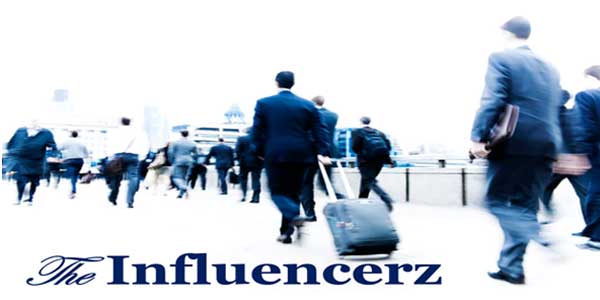Shopping Addiction: Unpacking Compulsive Spending
In the modern world, shopping is more than just a necessity; it is a form of entertainment, a social activity, and a way to express a person’s identity. But for a growing number of people, the thrill of a purchase can become a compulsive and destructive force. Shopping addiction, or Compulsive Buying Disorder (CBD), is a behavioral addiction characterized by a pattern of compulsive buying that is unmanageable and has negative consequences on a person’s life. It is not about a person being frivolous with their money; it is a profound and often hidden struggle that can lead to financial ruin, strained relationships, and a loss of a person’s sense of self. Understanding the signs of this addiction and the path to recovery is the first step toward regaining control. A professional facility, such as a dedicated rehab centre in Noida, offers the specialized support and a structured environment needed for healing.
The Allure and the Trap: Why Spending Becomes an Addiction
The addictive nature of shopping is rooted in the brain’s reward system. When a person makes a purchase, the brain releases dopamine, a neurotransmitter that creates a feeling of pleasure and excitement. This euphoric rush is temporary, but it is a powerful force that can lead a person to seek out the feeling again and again.
- Escapism and Self-Medication: For many people, compulsive shopping is a form of escapism, a way to cope with negative emotions like stress, anxiety, boredom, or depression. The act of buying provides a temporary distraction from a person’s problems, but it does not address the underlying issues.
- The “High” of the Purchase: The process of shopping itself, from Browse to checkout, can create a feeling of control and power that a person may feel is lacking in other areas of their life. This “high” is often followed by a crash of guilt, shame, and regret, which can lead a person to shop again to numb these negative feelings.
- The Illusion of a New Self: Compulsive buyers may believe that a new item will change their life or make them a better person. They may buy clothes to feel more confident, gadgets to feel more successful, or home decor to feel more in control. This belief, however, is an illusion, and the satisfaction is fleeting.
Recognizing the Signs of Compulsive Spending
Identifying a shopping addiction can be challenging, as a person may hide their purchases and their financial struggles. However, there are key indicators that can help a person or their loved one recognize a problem.
- Loss of Control: A person feels an overwhelming urge to shop and is unable to stop, even when they know they shouldn’t. They may buy things they do not need and cannot afford.
- Financial Problems: The addiction leads to significant financial issues, such as mounting debt, maxed-out credit cards, and an inability to pay a person’s bills.
- Hiding Purchases: A person hides their purchases from their family and friends, and they may lie about their spending.
- Preoccupation: A person’s thoughts are consumed by shopping. They may spend hours Browse online stores, and they may be irritable or anxious when they are unable to shop.
- Withdrawal Symptoms: When a person is unable to shop, they may experience withdrawal symptoms such as anxiety, sadness, or restlessness.
Finding Healing: The Path to Recovery and Financial Freedom
Shopping addiction is a treatable condition, and a person does not have to go through the recovery process alone. Professional help is a crucial first step toward regaining control. A professional facility, like a dedicated rehabilitation centre in Noida, offers a comprehensive and holistic approach to recovery.
- Therapy and Counseling: The core of a person’s recovery is therapy. Therapies such as Cognitive Behavioral Therapy (CBT) can help a person to identify and to change the destructive thought patterns that lead to their compulsive spending. A person may also attend individual or group therapy sessions to address the underlying emotional issues of their addiction.
- Financial Counseling: Financial counseling is a vital part of a person’s recovery. A financial counselor can help a person to create a budget, to manage their debt, and to regain control of their finances.
- Building a New Life: Recovery is about more than just stopping a person from shopping. It is about building a new life for themselves, one that is filled with new hobbies, new relationships, and new ways to cope with a person’s emotions. A compassionate rehabilitation centre in Noida provides the support and the tools needed to begin this process.
In conclusion, shopping addiction is a serious and a destructive condition, but it is also a treatable one. By recognizing the signs, seeking professional help, and committing to a path of recovery, a person can break free from the cycle of compulsive spending and reclaim their financial freedom, their relationships, and their sense of self. The journey to recovery is a testament to a person’s resilience and their capacity for change.

